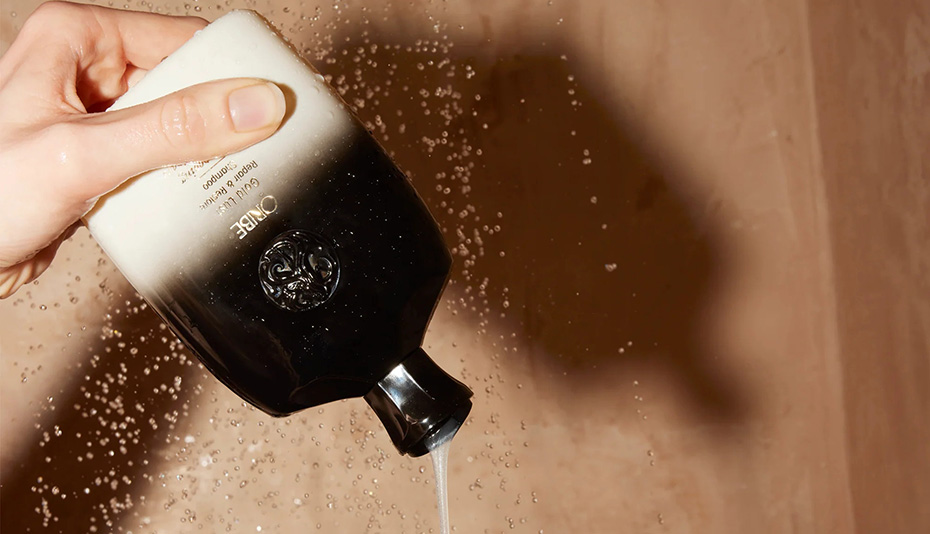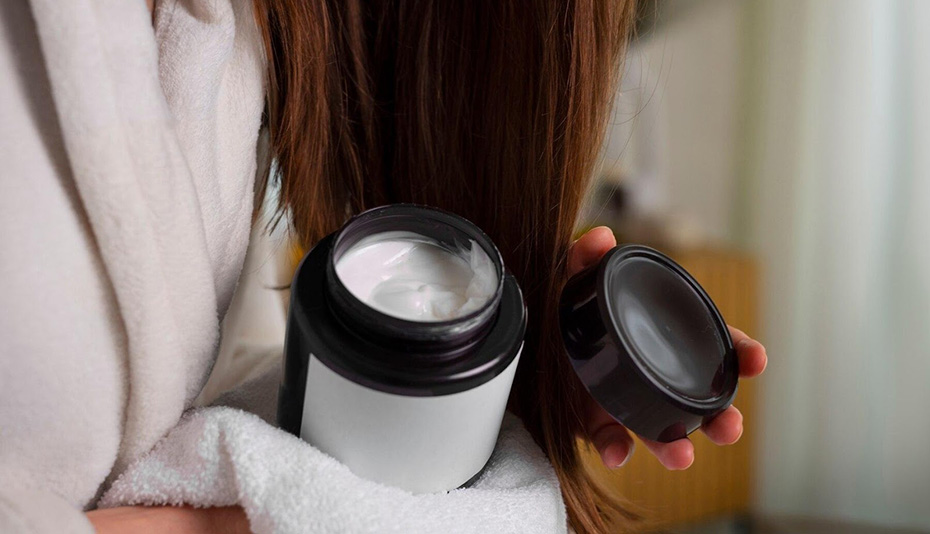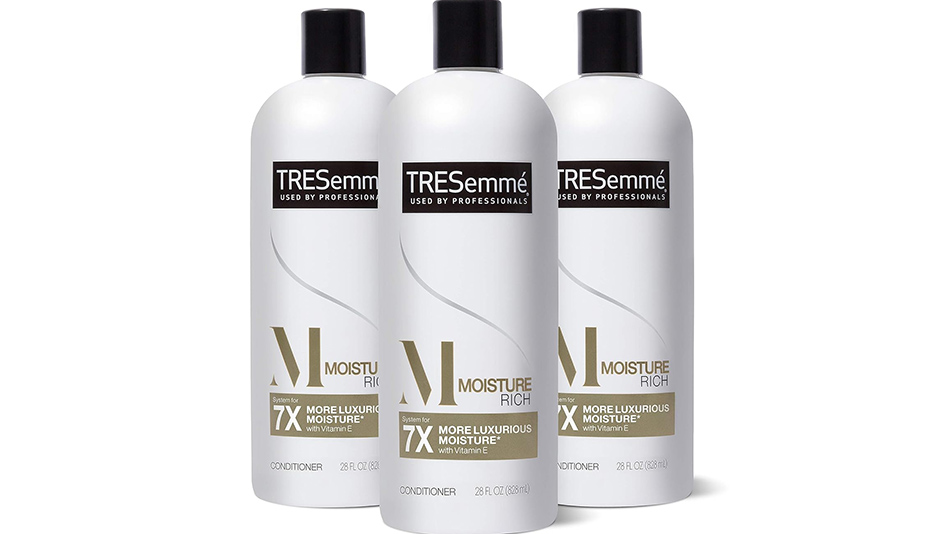For everyone, hair is a very important form of personal expression. It not only affects our appearance but is also closely related to our overall temperament and confidence. Therefore, having healthy, shiny, and vibrant hair is the wish of many people. I am no exception—I often spend time and effort exploring different hair care techniques, hairstyle ideas, and ways to prevent hair problems. Whether it’s dryness and frizz, oiliness, or split ends and breakage, every hair issue has its solution. Throughout this process, I found that hair care isn’t actually complicated; what matters most is choosing care methods suitable for your own hair type and needs. Today, I will share some of my hair care insights to help you solve common hair problems and restore healthy, radiant hair.
1. Understanding Your Hair Type: The First Step in Care
The key to hair care lies in understanding your hair type. Different hair types require different care methods. Generally, hair types can be divided into the following categories:
1.1 Dry Hair
Dry hair often appears coarse and dull, prone to tangling, especially during dry weather. Common signs include fine, brittle strands that easily break. People with this hair type need to pay special attention to moisturizing and nourishing, choosing shampoos and conditioners with natural plant oils or strong hydration properties.
1.2 Oily Hair
Oily hair tends to become greasy within hours after washing, with severe oiliness at the roots making the hair look heavy and oily. This hair type needs to stay fresh while avoiding over-washing. Choose shampoos designed for oily hair and avoid washing too frequently to prevent overstimulation of oil secretion.
1.3 Normal Hair
Normal hair is neither too dry nor too oily, possessing a healthy shine. Although this hair type is ideal, regular care is still necessary to prevent dryness or dullness caused by external factors such as pollution and UV rays. Choose gentle hair care products and nourish appropriately.
1.4 Damaged Hair
Damaged hair usually results from dyeing, perming, or frequent use of heat tools. It becomes fragile, prone to breakage and split ends. This hair type requires focused repair with shampoos and conditioners containing repairing functions and deep nourishing hair masks.
Understanding your hair type allows you to choose the right products and care steps, making your efforts twice as effective.

2. Proper Shampooing: The Foundation of Hair Care
Shampooing is the first step in hair care. Although many people wash their hair every day, they often overlook the correct shampooing method. The purpose of shampooing is to clean the scalp and hair strands, but excessive washing or incorrect methods can damage the hair’s natural barrier, leading to hair problems.
2.1 Choose the Right Shampoo
It’s very important to choose shampoo based on your hair type. If you have oily hair, opt for an oil-control shampoo; if your hair is dry, select moisturizing shampoos. For chemically treated hair, repair or deep nourishing shampoos are preferable.
2.2 Comb Hair Before Washing
Before washing, it’s recommended to comb your hair with a wide-tooth comb to reduce tangling and breakage. Combing helps the hair better absorb nutrients from the shampoo and avoids pulling during washing.
2.3 Use Lukewarm Water
Use lukewarm water instead of hot water for washing. Hot water easily strips natural oils, causing dryness. Lukewarm water helps open the hair cuticles, allowing the shampoo to clean more effectively.
2.4 Use an Appropriate Amount of Shampoo
Using too much shampoo is wasteful and may make hair oily. Use an appropriate amount, evenly apply to hair, and gently massage the scalp to promote circulation.
2.5 Rinse Thoroughly
Ensure all shampoo is rinsed out thoroughly. Residual shampoo on hair can cause dandruff and oiliness.
3. Deep Conditioning: Repair and Nourishment
After shampooing, deep conditioning is an important step to maintain healthy hair. Deep conditioning mainly provides essential nutrients and moisture through conditioners, hair masks, and similar products.
3.1 Use Conditioner
Using conditioner after every shampoo is an indispensable step. Conditioner helps restore moisture and makes hair smoother. Nourishing conditioners are recommended for dry or damaged hair, while oil-control conditioners suit oily hair.
3.2 Hair Mask Treatment
Deep repair hair masks help restore damaged and dry hair. Use a deep nourishing hair mask once a week, apply it to strands, leave it for 10-15 minutes, then rinse. Ingredients in hair masks penetrate inside hair shafts to repair cuticles and restore shine.
3.3 Hot Oil Treatment
For severely dry or damaged hair, hot oil treatment is very effective. Choose natural oils such as coconut oil, olive oil, or argan oil, warm it up, apply to hair ends, wait 20-30 minutes, then wash with lukewarm water. The oil penetrates deeply to repair damaged cuticles.
4. Avoid Heat Tool Damage: Preserve Natural Hair Beauty
Heat tools like hair dryers, curling irons, and straighteners quickly style hair but long-term use can cause dryness, brittleness, breakage, and split ends. Reducing the frequency of heat tool use is key to maintaining healthy hair.
4.1 Use Heat Protectant Spray
If heat tools are necessary, always apply heat protectant spray before use. This spray forms a protective layer between hair and the heat, reducing damage.
4.2 Lower Temperature Settings
Use the lowest effective temperature on heat tools. High temperatures damage hair more severely. Lower temperature ensures styling while minimizing damage.
4.3 Air Dry Naturally
Avoid frequent use of hair dryers. Air drying is the healthiest method to reduce heat damage. If needed, use a hair dryer at low temperature when hair is half dry.

5. Diet and Hair Health: Internal and External Care
Hair health is influenced not only by external care but also by internal nutrition. A healthy diet provides essential nutrients to promote hair growth and shine.
5.1 Vitamins A and E
Vitamins A and E are highly beneficial for hair. Vitamin A helps maintain healthy skin and hair, while Vitamin E has antioxidant properties that help preserve hair shine. Foods like carrots, sweet potatoes, spinach, and nuts can increase these vitamins.
5.2 Protein Intake
Hair is primarily made of keratin, so sufficient protein intake is essential for hair growth and repair. Eggs, fish, legumes, and other protein-rich foods support healthy hair growth.
5.3 Omega-3 Fatty Acids
Omega-3 fatty acids play an important role in scalp health, helping maintain moisture and prevent dryness. Deep-sea fish, flaxseeds, walnuts, and similar foods are good sources.
6. Lifestyle and Hair Care
Hair health is also closely related to our lifestyle habits. Maintaining a healthy lifestyle not only improves overall health but also enhances hair quality.
6.1 Avoid Frequent Dyeing
Frequent dyeing exposes hair to chemicals that cause dryness and fragility. Reduce dyeing frequency or choose low-irritant dye products.
6.2 Adequate Sleep
Good sleep is crucial for hair health. Lack of sleep affects hair growth and can cause hair loss. Ensure 7-8 hours of high-quality sleep daily to promote healthy hair growth.
6.3 Stress Management
Long-term stress can cause hair loss. Relieve stress through exercise, meditation, or other means to maintain mental health.
With these detailed care steps, I have found significant improvements in my hair’s health and shine. Whether basic washing and care, deep repair, or reasonable dietary supplements, only comprehensive and meticulous care can keep hair in its best condition.
